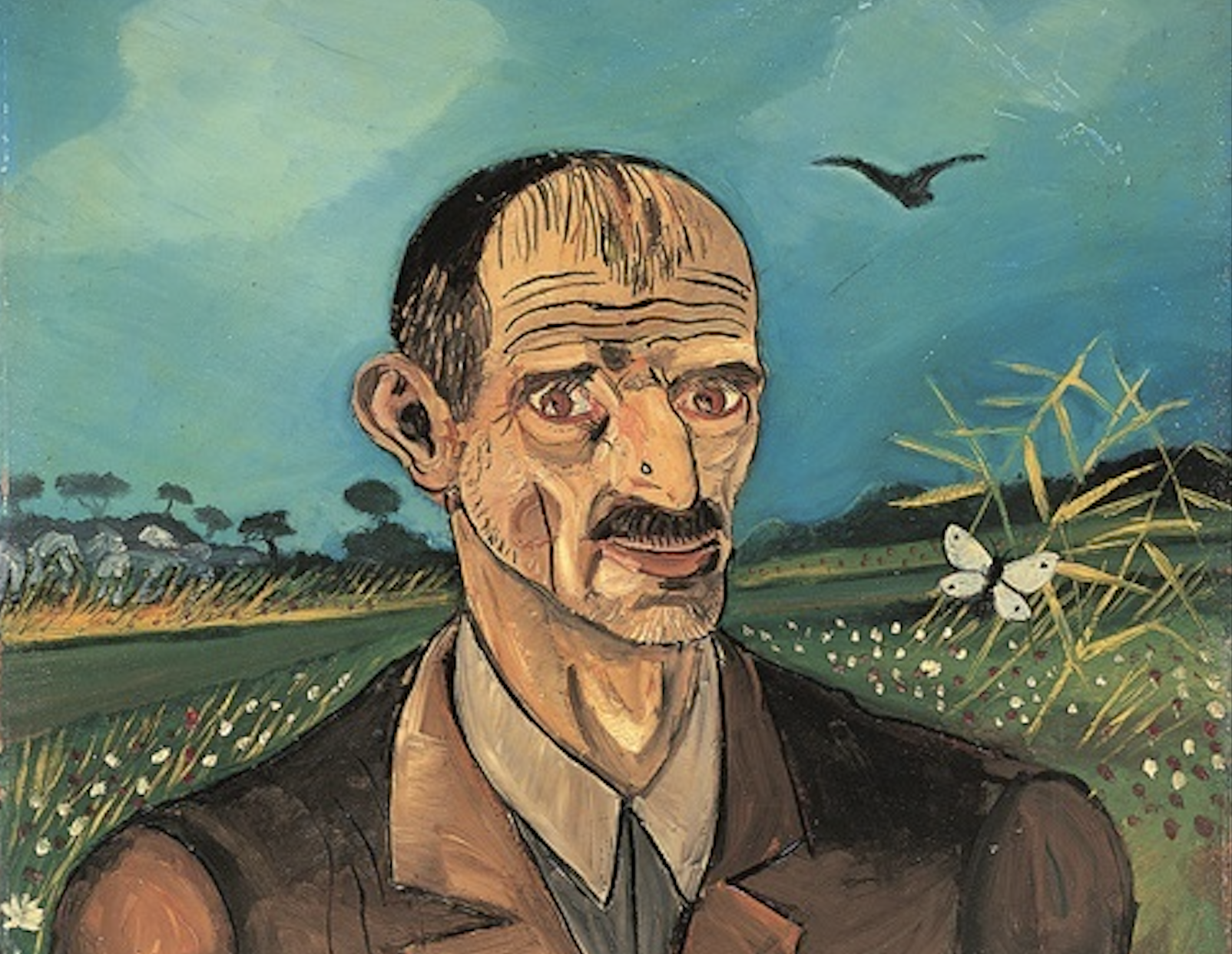The exhibition on Antonio Ligabue that the Historical Infantry Museum of Rome will host until 12 January 2025 is entitled “The mysteries of a mind” (Produzione Navigare Srl - Cultural initiative of Difesa Servizi S.p.A.).
An unprecedented vision of the eclectic and controversial Italian artist of the 20th century with over 70 works by the Italian-Swiss painter and sculptor who passed away in 1965. The curators of the exhibition Micol Di Veroli, Dominique Lora and Vittoria Mainoldi, have divided the areas of interest into 5 large themes: farmyard animals, wild animals, dogs, forest animals and finally self-portraits, flowers and countryside. We know that Antonio Ligabue’s relationship with animals was so close from his great love for Nature. An immediate, constant and close bond with what surrounded him. First in Switzerland, in Zurich, where he was born in 1899, then in Gualtieri (in the lower Reggio Emilia area) where he was sent after his expulsion from the Confederation for having attacked his adoptive mother. Here he lives as a nomad, working occasionally as a laborer or laborer on the banks of the Po. And it is precisely in this period in the early 1920s that Ligabue (in the meantime he changed his surname from that of his stepfather Buonfiglio’s Laccabue) began to paint. And he chooses precisely those subjects closest and most familiar to him to understand and interact with men and the world, who in the meantime have excluded and marginalized him from their normality: animals. Domestic, exotic, in quiet or tense situations (ambushes, attacks, fights), all the animals Ligabue portrays are the fruit of his imagination and visual memory.
Childhood memories, landscapes, daily episodes, films, postcards, books become part of his iconographic heritage. Ligabue has never seen them and just as Verne and Salgari describe them with the sole power of imagination, our Antonio also imagines them, but with an impressive anatomical precision. Both by painting them and shaping them with that Po earth that chews to make the clay more ductile.
“This is a special exhibition on Antonio Ligabue" explains one of the curators Dominique Lora “it presents a series of works that include graphics, paintings or bronze sculptures that provide a different reading of the artist compared to the exhibitions seen to date. A spontaneity, an idea of travel, an extraordinary diary of the life of this artist who continually compares himself with nature to read himself. An ego-system that can be read through an eco-system. A journey inside man and nature through themes such as life and death, such as the comparison between the animal world and the world of human beings for a more organic reading of human life and existence”.
All 73 works dating from the late 1920s to the early 1960s come from private Italian collections. 31 bronze sculptures depicting a heterogeneous representation of animals, including dogs, roe deer, goats, fawns, baboons, lions and panthers, are flanked by 18 oil paintings with full, lively colors and an unmistakable style, including a famous self-portrait from 1957, together with 3 drawings and 21 drypoints.
Donal Cantonetti

